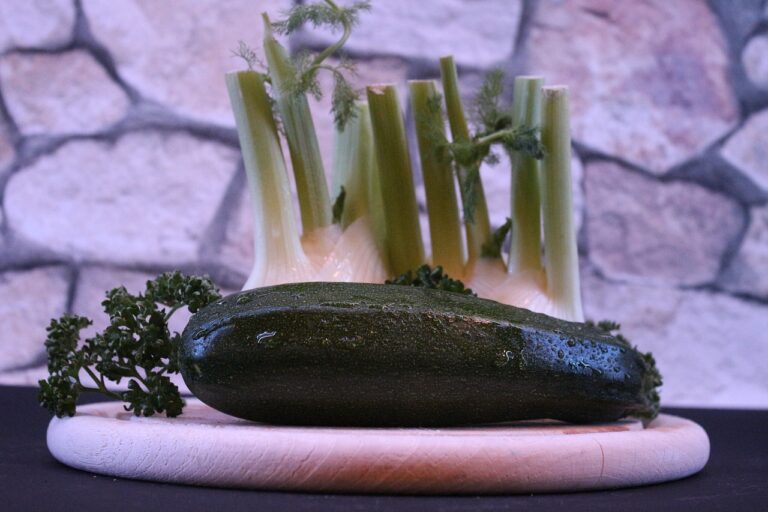Biotechnology Solutions for Enhancing Protected Natural Areas: Bit bhai 9, Radhe exchange, Lotus365.win login
bit bhai 9, radhe exchange, lotus365.win login: Protected natural areas, such as national parks and wildlife reserves, play a crucial role in conserving biodiversity and preserving ecosystems. These areas are home to a wide range of plant and animal species and provide numerous ecosystem services that are essential for human well-being. However, these protected areas are facing numerous threats, including habitat destruction, pollution, climate change, and invasive species.
Biotechnology offers a range of solutions for enhancing the protection and management of natural areas. By harnessing the power of biotechnology, we can develop tools and strategies to address these threats and ensure the long-term conservation of protected areas.
1. Genetic conservation: Biotechnology can be used to preserve the genetic diversity of plant and animal species in protected areas. Techniques such as cryopreservation, tissue culture, and genetic engineering can help to conserve rare and endangered species and restore populations that have been depleted due to human activities.
2. Disease management: Biotechnology can be used to develop vaccines and other disease management strategies to protect wildlife populations in protected areas from infectious diseases. By monitoring and controlling disease outbreaks, we can prevent the spread of pathogens that can decimate vulnerable species.
3. Invasive species control: Invasive species pose a significant threat to biodiversity in protected areas. Biotechnology can be used to develop environmentally friendly methods for controlling invasive species, such as using genetically modified organisms to target and eliminate invasive plants and animals.
4. Soil and water conservation: Biotechnology can help to enhance soil and water quality in protected areas by developing bioremediation techniques that use microorganisms to clean up pollutants and restore degraded ecosystems. By promoting sustainable land management practices, biotechnology can improve the health and resilience of natural habitats.
5. Climate change adaptation: Climate change is one of the biggest threats facing protected areas today. Biotechnology can help species adapt to changing environmental conditions by developing heat and drought-tolerant crops, enhancing the resilience of ecosystems, and restoring degraded habitats.
6. Public awareness and education: Biotechnology can also be used to engage the public in conservation efforts and raise awareness about the importance of protected areas. By using tools such as DNA barcoding and citizen science projects, we can involve the public in monitoring biodiversity and contributing to conservation initiatives.
In conclusion, biotechnology offers a range of innovative solutions for enhancing the protection and management of protected natural areas. By harnessing the power of biotechnology, we can address the threats facing these vital ecosystems and ensure their long-term sustainability for future generations.
FAQs:
Q: Is biotechnology safe for the environment?
A: Biotechnology can be used safely and responsibly to enhance the protection of natural areas. Regulatory frameworks and guidelines are in place to ensure that biotechnological solutions are environmentally friendly and do not harm ecosystems.
Q: How can I get involved in biotechnology for conservation?
A: There are many ways to get involved in biotechnology for conservation, such as volunteering for citizen science projects, supporting organizations that use biotechnology for conservation, and advocating for policies that promote sustainable biotechnological solutions.







